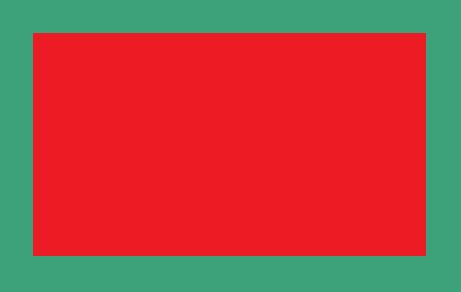c. 1400–1948 → 1931 324 km (125 sq mi) Today part of Himachal Pradesh | Established c. 1400 1931 1,625,000 Local time Friday 3:24 AM | |
 | ||
Weather 12°C, Wind E at 13 km/h, 75% Humidity | ||
Kangra-Lambagraon was a historical princely estate (jagir) located in the Punjab region (present-day state of Himachal Pradesh). In 1947, the estate comprised 437 villages, encompassing an area of 324 km2. It had with a Privy Purse of Rs 70,000/- and enjoyed a revenue of approx. Rs.1,76,000/-.
Contents
- Early history of the Kangra State
- State extinguished and annexed by Pajab dynasty
- British era
- Purported timeline of the Katoch dynasty
- References
The rulers of the estate belonged to the ancient Katoch dynasty of Rajputs which had ruled the former Kangra State. Kangra is credited with being the oldest and largest state in the Punjab Hills.
Kangra State was extinguished and annexed by Sikh Empire in 1810. Its ruler was granted the jagir of Lambagraon by Treaty of Jawalamukhi. In 1846 Kangra was annexed to British India as part of the Treaty of Lahore.
Early history of the Kangra State
According to legend, the state of Kangra, also called Bhim Kot, Nagar-Kot, Susarmapura, Katoch, Jalandhara and Trigarta, dates back to 4300 BC. The first modern recorded mention of the state, however, is from the 11th century AD. The Katoch dynasty are reputed to have ruled the town of Kangra and its vicinity since time immemorial. Several very extended interregnums are acknowledged.
State extinguished and annexed by Pañjab dynasty
During the period c.1620–1783 the area was placed under the control of a Mughal garrison. As the Mughal power waned, many former officers of the Mughal empire took autonomous charge of the areas under their power and this situation affected Kangra. Meanwhile (in 1758), Ghamand Chand, a supposed scion of the dispossessed family, attained a position of power in the Punjab plains, being appointed governor of Jalandhar by Ahmed Shah Abdali. Building upon this ascendency, Ghamand Chand's grandson Sansar Chand rallied an army, ousted the then ruler of Kangra, Saif Ali Khan, and gained possession of his patrimony. This happened in 1783, and Sansar Chand was aided by the Kanhaiya misl, one of several informal but armed militias of Sikhs that roamed the Punjab in that era.
During the campaign, Raja Sansar Chand and his mercenary force overran other nearby principalities and compelled the submission of their rulers. He reigned over a relatively large part of present-day Himachal Pradesh for perhaps two decades, but his ambitions brought him into conflict with the Gorkhas ruling the then nascent state of Nepal. The Gorkhas and the recently humbled hill-states allied to invade Kangra in 1806. The Raja was defeated and left with no territory beyond the immediate vicinity of the fortress of Kangra, which he managed to retain with the help of a small Sikh force sent to his aid by Ranjit Singh. In this despair, the Raja treated with Ranjit Singh at Jawalamukhi in 1809. By that treaty, Raja Sansar Chand surrendered his (now largely notional) state to Ranjit Singh, in return for a substantial fief to be held under the suzerainty of the latter. This estate consisted, in 1947, of 20 villages yielding a revenue of Rs. 40,000/- and encompassing an area of 324 km2. Ranjit Singh duly established his rule over the land; Sansar Chand received in addition the estate of Lambagraon.
British era
As a result of the First Anglo-Sikh War (1846), the area between the Sutlej and Ravi rivers, including the hill states, were ceded by the Sikhs to the HEIC. Thus, Lambagraon estate was annexed by the British and was one of the feudatory estates placed under the Simla Hill States' Superintendency. In deference with the ruling dynasty's association with Kangra town (and given the fact that the estate fell within Kangra district) the estate was referred to as "Kangra-Lambagraon".
The princely estate of Kangra-Lambagraon acceded unto the Dominion of India in 1947; the following year, it was merged with its sister states of the erstwhile Simla superintendency to create a province named "Himachal Pradesh", administered by a Chief Commissioner.
Purported timeline of the Katoch dynasty
C. 4300 BC
C. 3000 BC
C. 1500 BC
C. 900 BC
C. 500 BC to
C. 275 BC
C. 100 AD
C. 470 AD
C. 643 AD
C. 853 AD
C. 903 AD
C.1009 AD
C. 1170 AD
C. 1341 AD
C.1405 AD
C.1450 AD
C.1526–1556 AD
C. 1620 AD
C. 1700 AD
C. 1750 AD
C. 1775 AD to C. 1820 AD
C. 1820 AD
1846 AD
1924 AD
1947 AD
1972 AD
